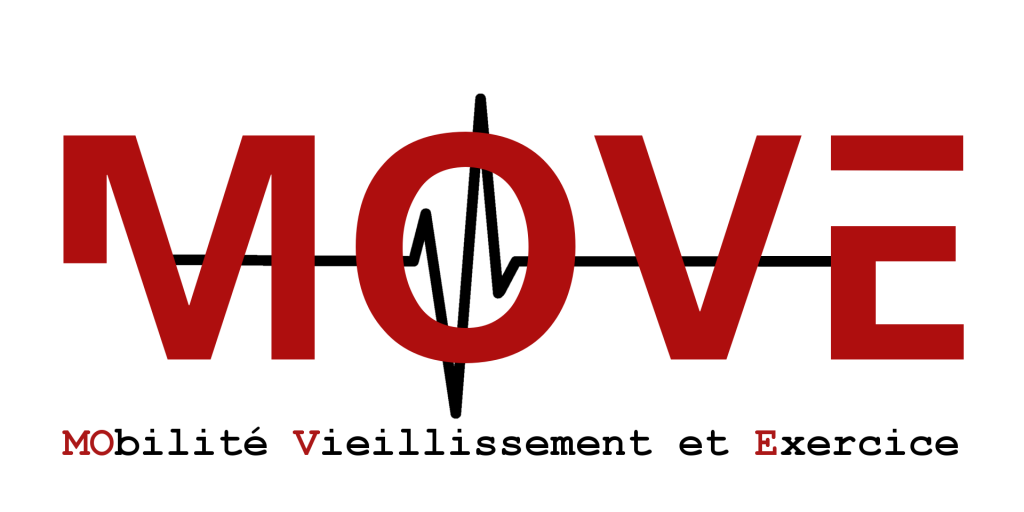Comparison of motion sensor and heart rate monitor for assessment of physical activity intensity in stroke outpatient rehabilitation sessions: an observational study
Résumé
Objective: To compare the estimation of time spent on 4 categories of physical activity intensity (sedentary behaviour, light physical activity, moderate physical activity, and vigorous physical activity) between a motion sensor and a heart rate monitor during a stroke outpatient rehabilitation session.
Design: A multicentre cross-sectional observational study.
Subjects/Patients: Participants with stroke (> 6 months) undergoing outpatient rehabilitation sessions.
Methods: Participants wore the SenseWear Armband motion sensor and the Polar H10 heart rate monitor during 2 rehabilitation sessions. The times estimated by each device were compared using a generalized linear mixed model and post-hoc tests.
Results: Ninety-nine participants from 29 clinics were recruited and data from 146 sessions were included in the analysis. The estimated times depended on the devices and the physical activity intensity category (F= 135, p < 0.05). The motion sensor estimated more time spent in sedentary behaviour and less time spent in moderate physical activity and vigorous physical activity than the heart rate monitor.
Conclusion: The motion sensor and heart rate monitor provide different estimates of physical activity intensity during stroke rehabilitation. Further research is needed to establish the most appropriate device for each physical activity category.
Design: A multicentre cross-sectional observational study.
Subjects/Patients: Participants with stroke (> 6 months) undergoing outpatient rehabilitation sessions.
Methods: Participants wore the SenseWear Armband motion sensor and the Polar H10 heart rate monitor during 2 rehabilitation sessions. The times estimated by each device were compared using a generalized linear mixed model and post-hoc tests.
Results: Ninety-nine participants from 29 clinics were recruited and data from 146 sessions were included in the analysis. The estimated times depended on the devices and the physical activity intensity category (F= 135, p < 0.05). The motion sensor estimated more time spent in sedentary behaviour and less time spent in moderate physical activity and vigorous physical activity than the heart rate monitor.
Conclusion: The motion sensor and heart rate monitor provide different estimates of physical activity intensity during stroke rehabilitation. Further research is needed to establish the most appropriate device for each physical activity category.
| Origine | Fichiers éditeurs autorisés sur une archive ouverte |
|---|


